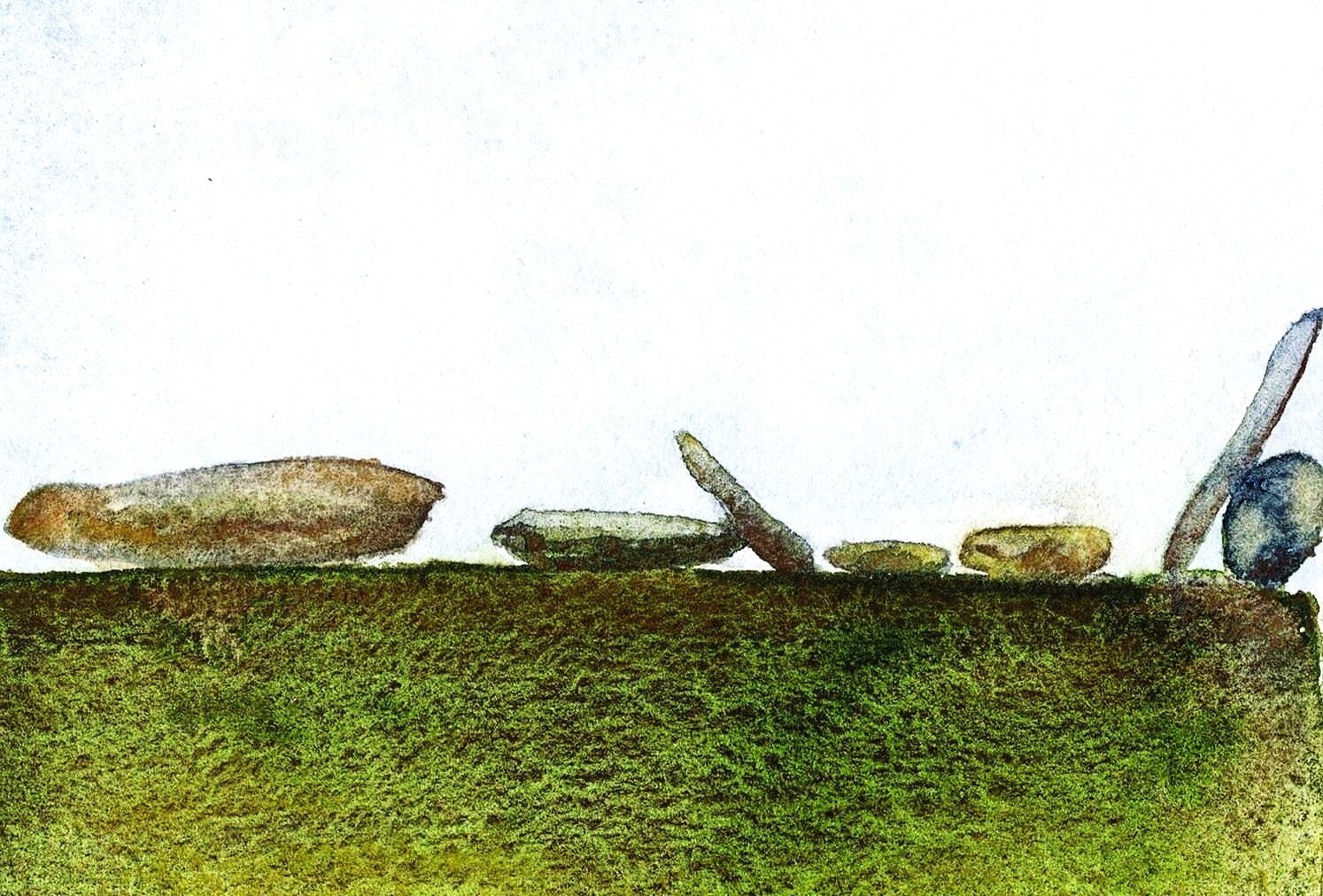Chanting
The Yoga Sutras
In my own study of the Yoga Sutras, I have found that chanting them in Sanskrit profoundly deepens their impact. These recordings will teach you the ancient practice of Sanskrit chanting. You can learn to chant the Yoga Sutras as you study. Chant with us ONLINE Sundays at 8am.

Art by Sam Fisher
Saraswathi Image by Rochak Shukla on Freepik
Before we chant, we traditionally ask Saraswathi, the Divine Patroness of the arts and study, to bless our efforts. We follow this with a special chant to Patanjali, the mythical founder of the Eight-Limbed Yoga, or Ashtanga Yoga.
You might begin by listening to one of the recordings from beginning to end. Next, listen to one sutra at a time, pausing to chant it yourself two or three times. Don’t worry about memorizing the sutras. Traditionally, students would repeat by listening rather than looking at a printed text, so you could try this. Repeated practice of chanting this text will plant it deeply into your heart and memory.
Coming Soon
Coming Soon
Art by Sam Fisher
Guide to Sanskrit Pronunciation
The Sanskrit in The Yoga Sutras of Patanjali is represented in Roman text without the diacritic marks that indicate certain sounds and pronunciation. I have represented these in Roman text in a way that will help the reader chant along or be able to more-or-less accurately pronounce the words of the Sanskrit text. Here are some specific examples:
When these sutras are spoken or chanted the double-a becomes a longer a-sound, as in “yogaanushasanam.”
The “dot” under certain letters represents the letter “i,” as in vritti.
Two “a” vowels that merge to form a “long-a” as two distinct vowels, as in yoga anushasanam are shown with a space between the letters.
Aspirated “s” letters are pronounced “sh,” as in drashtu.
The “c” is pronounced “ch,” as in chitta.
Stanza-ending “h-dot” letters repeat the previous vowel, as in nirodhaha in Sutra 1.2.
The final “h” in the body of the text is dropped when the conventional pronunciation of a word does not require it, as in parinamah to parinama or nirodhah to nirodha.






